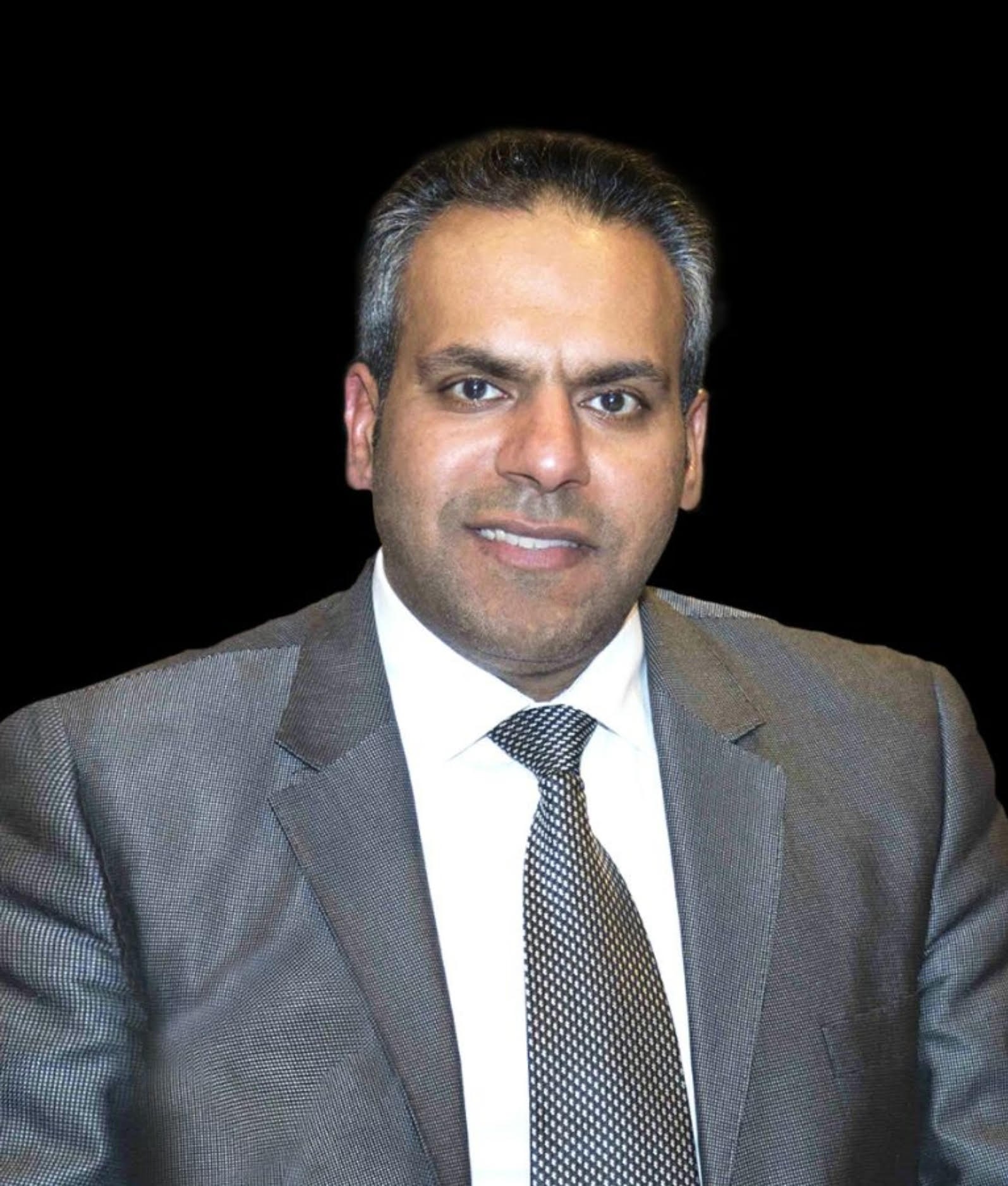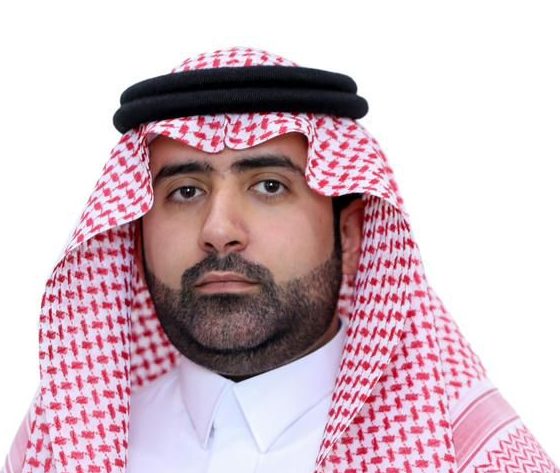© 2020 All rights reserved to Maaal Newspaper
Publisher: Maaal International Media Company
License: 465734
OPEC sent a gesture of goodwill to Russia
Brent crude price has averaged $118 in March. Hence, even if the Russian crude oil is being sold at a hefty discount of $30, still that is much higher than the pre-pandemic 2019 Brent crude average of $64.
Despite one of the steepest months of oil price fluctuation of around $30, OPEC ended another quick meeting last week with a unanimous agreement about May production ceiling as previously agreed-upon, which is a clear message that the compatibility among OPEC+ members is at its best, sending messages that OPEC+ alliance is unbreakable.
OPEC+ members have agreed to produce 42.1 million barrels per day in May vs. 41.7 million barrels per day in April. OPEC members will produce 25.6 million barrels per day in May while non-OPEC members will produce 16.5 million barrels per day. This includes 10.5 million barrels per day from Russia despite pressures on Russian crude oil exports.
OPEC meeting outcome was pretty much expected despite the Ukrainian-Russian conflict. However, the surprising outcome was that OPEC has eventually decided to exclude the International Energy Agency (IEA) and replace it with Wood McKenzie and Rystad Energy as secondary sources for estimating oil production from OPEC member countries.
This decision might be considered a bit late but the timing now is important as a sign of goodwill and a good gesture for Russia and its dedication to the success of OPEC+ five years journey, especially after the IEA’s have stated 10-point plan to cut oil use proposes 10 actions that can be taken to reduce oil demand with immediate impact primarily reducing the dependence of Russian oil and gas exports. This is what the IEA has bluntly described as “in the face of the emerging global energy crisis triggered by Russia’s invasion of Ukraine”.
OPEC+ decision has responded to that a political duty oddly undertaken by the IEA after the OPEC+ alliance have endured many contradictions from the Agency’s misleading statements and outlooks. In February 2022, the IEA said that “there is a significant difference between the targets that OPEC producers set in terms of their production levels (quotas) and what is produced today. IEA was following the United States calls for OPEC to increase oil production haphazardly.
OPEC decision to exclude IEA figures should has been taken much earlier after its contradicting statements and its misleading outlooks that will adversely impact the future of global oil supplies and refining industry as the IEA is supposed to provide impartial analysis and pragmatic outlooks of energy supply and demand trends and what they mean for global energy security and economic development in the interests of consumers that would also help decision-makers in energy policies and investments.
IEA has tried desperately to put various outlooks that contradicted its predecessors, in terms of a slowdown in demand with the increase in energy efficiency programs and the transformation of the transportation sector to reduce dependence on oil derivatives, which was supposed to reduce transportation fuel consumption relatively. Still, the agency ignored the steady growth in demand from commercial transportation.
During the pandemic peak impact on oil demand, the IEA’s demonization of oil and its low estimates of demand and prices has extensively damaged upstream and downstream investments, which will affect future oil supplies, especially with the agency’s road-map for net-zero carbon emissions in 2050 and its calls for an immediate halt to upstream investments in oil and gas.
The IEA exploits the ongoing fights against fossil fuels to affect decision-makers not only from the climatic aspect but also from the economic aspect. IEA has sent many signals to discourage investing in the oil industry without considering the enormous impact of upstream oil investments on oil supplies and the investors themselves.
The underinvestment in oil upstream and downstream projects might lead to a catastrophic shortage in oil supplies petroleum refined products in the medium-term as supply might not keep up with demand growth amid the economic growth and the demographics developments. So far, much of the produced oil has not compensated for the decrease in oil investment.
The massively depressed Capex spending will lead to the fact that supplies might not keep up with the fast demand rebound that has risen much faster than the consensus has assumed. When consensus shifts on the demand side, it won’t take long for investors to connect with a constrained supply side. Global spare capacity is limited, which will further explode oil prices while definitely, oil is irreplaceable.
Didn’t the IEA’s misleading reports to abandon fossil fuels investments contribute to the global supply shortages and prices spike?
Faisal Faeq
Energy Adviser (former OPEC and Saudi Aramco)
Twitter: @FAISALFAEQ
Related




